How to Efficiently Manage Electronic Component Reclamation Inventory
Introduction
In the electronic component distribution industry, inventory management is a crucial and challenging task. Due to rapid technological upgrades and changes in market demand, many companies often face the problem of electronic component inventory accumulation. These excess inventories not only occupy valuable storage space but may also depreciate over time or even become obsolete.
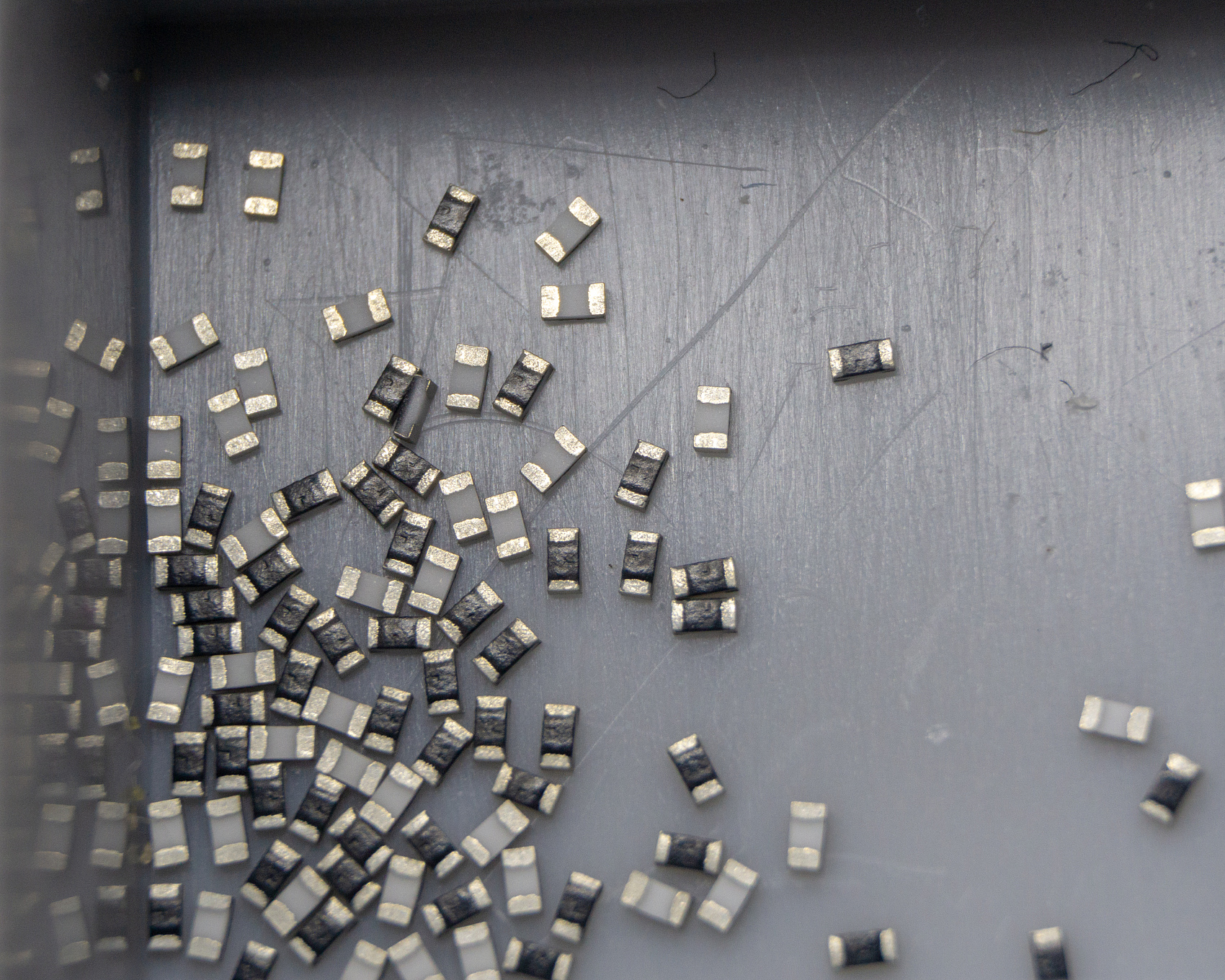
Common Causes of Excess Inventory
There are various reasons for the accumulation of electronic component inventory. Here are some common scenarios:
-
Market Demand Fluctuation:
The rapid advancement of technology shortens the life cycle of components, resulting in decreased demand and surplus inventory. -
Order Cancellations or Project Delays:
Clients may adjust their plans or terminate projects, leaving pre-purchased components unused. -
Product Upgrades or Discontinuation:
When new models are introduced or old ones are discontinued, outdated components may become slow-moving inventory. -
Bulk Purchasing Leading to Surplus:
To obtain cost advantages, companies may purchase components in large quantities, ultimately leading to excess inventory
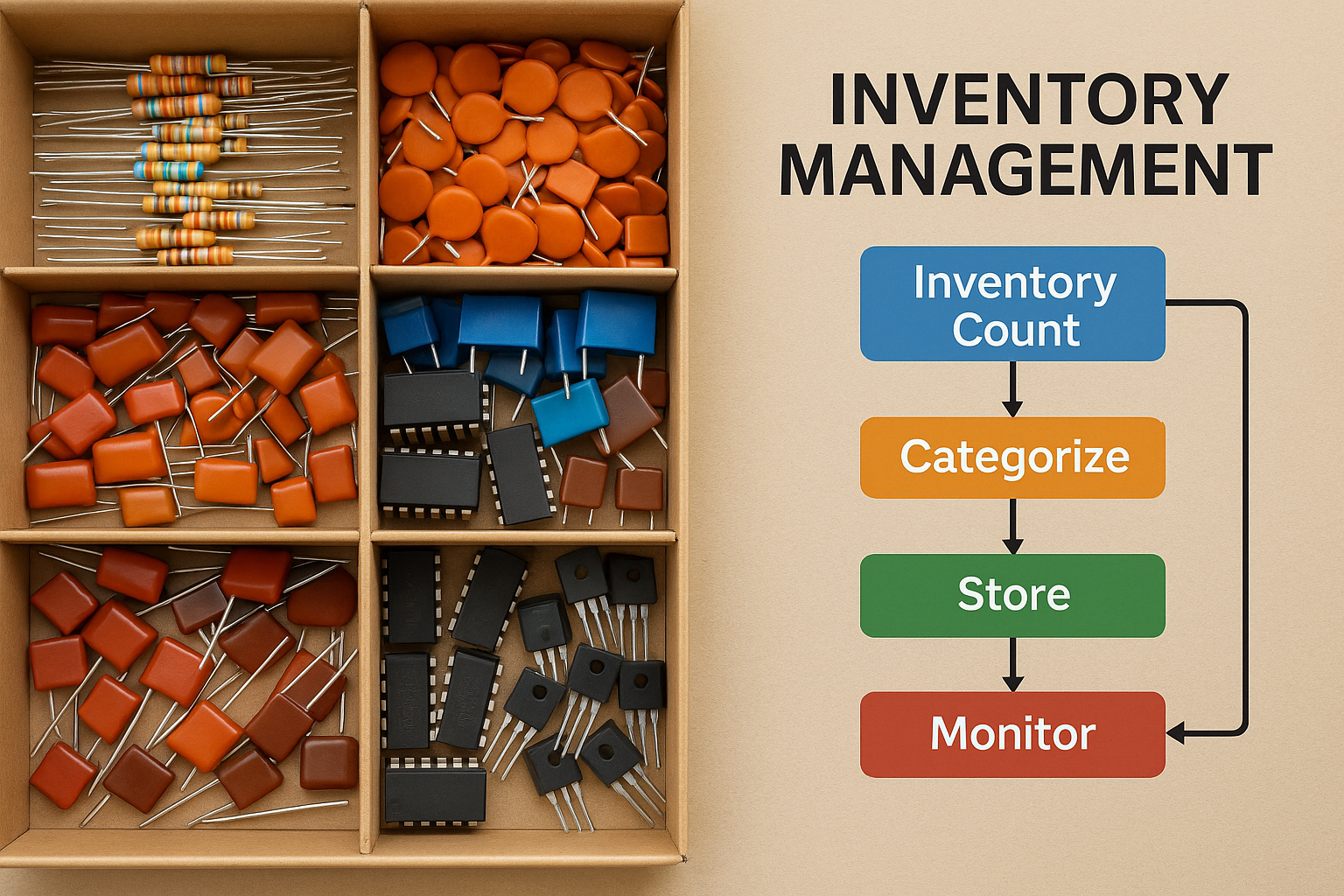
The Importance of Recycling Electronic Component Inventory
Proper handling of excess inventory not only reduces financial loss but also improves management efficiency. Here are the main benefits of electronic component inventory reclamation:
1. Rapid Cash Flow:
Inventory reclamation helps convert idle components into cash quickly, relieving financial pressure.
2. Lower Storage Costs:
By reclaiming inventory, companies free up valuable warehouse space and reduce storage management costs.
3. Environmental Protection and Sustainability:
Recycling surplus electronic components helps reduce electronic waste and protect the environment.
4. Minimize Inventory Risk:
Electronic components stored for a long time may degrade due to oxidation or moisture. Reclamation prevents further depreciation.
How to Efficiently Reclaim Electronic Component Inventory
A structured process helps companies carry out inventory reclamation more efficiently:
1. Inventory Counting:
Perform a comprehensive count of electronic component inventory, recording model, quantity, production date, and packaging condition.
2. Value Assessment:
Evaluate the market value based on model, age, and market conditions to ensure fair pricing.
3. Choose Professional Recyclers:
Select reputable recycling companies with industry experience to ensure a transparent and secure transaction process.
4. Sign a Reclamation Agreement:
Clearly define the transaction terms, including quantity, price, payment methods, and after-sales responsibilities, to protect both parties' rights.
Why Choose Bitfoic Electronics for Inventory Reclamation
As a professional electronic component reclamation company, Bitfoic Electronics has extensive industry experience and a wide market network, providing quick and secure reclamation solutions.
Our Advantages:
-
Fast Response: Prompt evaluation and quotation after receiving the inventory list.
-
Fair Transactions: Transparent reclamation process, ensuring fair pricing.
-
Global Network: Efficient service regardless of inventory location.
-
Environmentally Friendly: Compliant with environmental regulations, promoting sustainability.

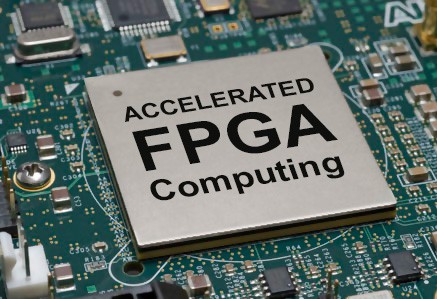 A Comprehensive Guide to Grasping FPGA Structure6/20/2024 905
A Comprehensive Guide to Grasping FPGA Structure6/20/2024 905FPGA (Field-Programmable Gate Array) is an integrated circuit, a type of programmable chip, that allows engineers to program custom digital logic. It can change its hardware logic based on the program, with the primary purpose of enabling engineers to redesign and reconfigure their chips faster and cheaper, whenever they want. However, nothing in the world is ideal, and FPGA chips also have limitations!
Read More >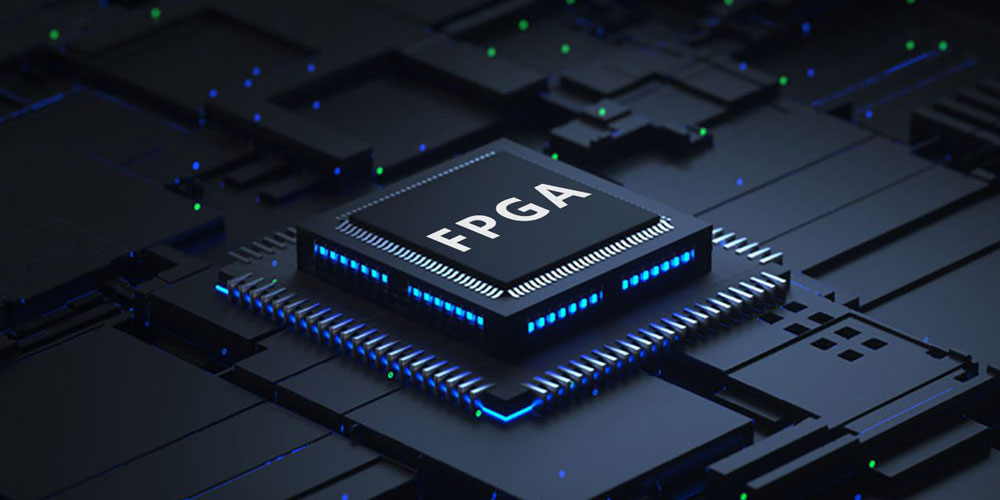 The EU to Impose Tariffs on Electric Vehicle Imports from China in Early July6/17/2024 425
The EU to Impose Tariffs on Electric Vehicle Imports from China in Early July6/17/2024 425The EU to Impose Tariffs on Electric Vehicle Imports from China in Early July
Read More >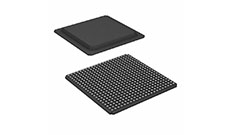 What is XC7A100T-2FG484I?6/6/2024 644
What is XC7A100T-2FG484I?6/6/2024 644XC7A100T-1CSG324C is an FPGA-based digital signal processing board, which consists of Xilinx's Virtex-7 series chips and FPGA interface chips.
Read More >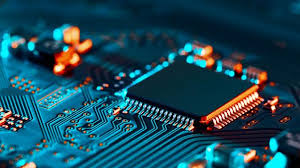 Analog cycle inventory hits bottom, AI drives flash memory demand to continue6/4/2024 670
Analog cycle inventory hits bottom, AI drives flash memory demand to continue6/4/2024 670Analog cycle inventory hits bottom, AI drives flash memory demand to continue
Read More > Micron Plans to Build a Factory in Japan, NAND Flash Prices May Remain High5/31/2024 846
Micron Plans to Build a Factory in Japan, NAND Flash Prices May Remain High5/31/2024 846Micron Plans to Build a Factory in Japan, NAND Flash Prices May Remain High
Read More >
Hot News
- Electronic Component Symbols: Resistor, Capacitor, Transformers and Connectors
- Diode Overview: Application in Automotive Alternator Rectifiers
- Ultra-low power consumption of STM32U575/585 microcontrollers(MCU)
- Voltage-Controlled Oscillator: Principle, Type Selection, and Application
- What is Xilinx 7 Series FPGA Clock Structure- -Part two
- Zedboard zynq-7000: Zynq 7000 datasheet, Features, Architecture and Core Components















